Out of breath, sweaty and with aching legs - training at the high-tech gym elite climbers use to prepare for Mount Everest is exhausting
The Altitude Centre is used by the world's best athletes to sharpen their bodies and prepare for the mountains – I was shattered after just one session
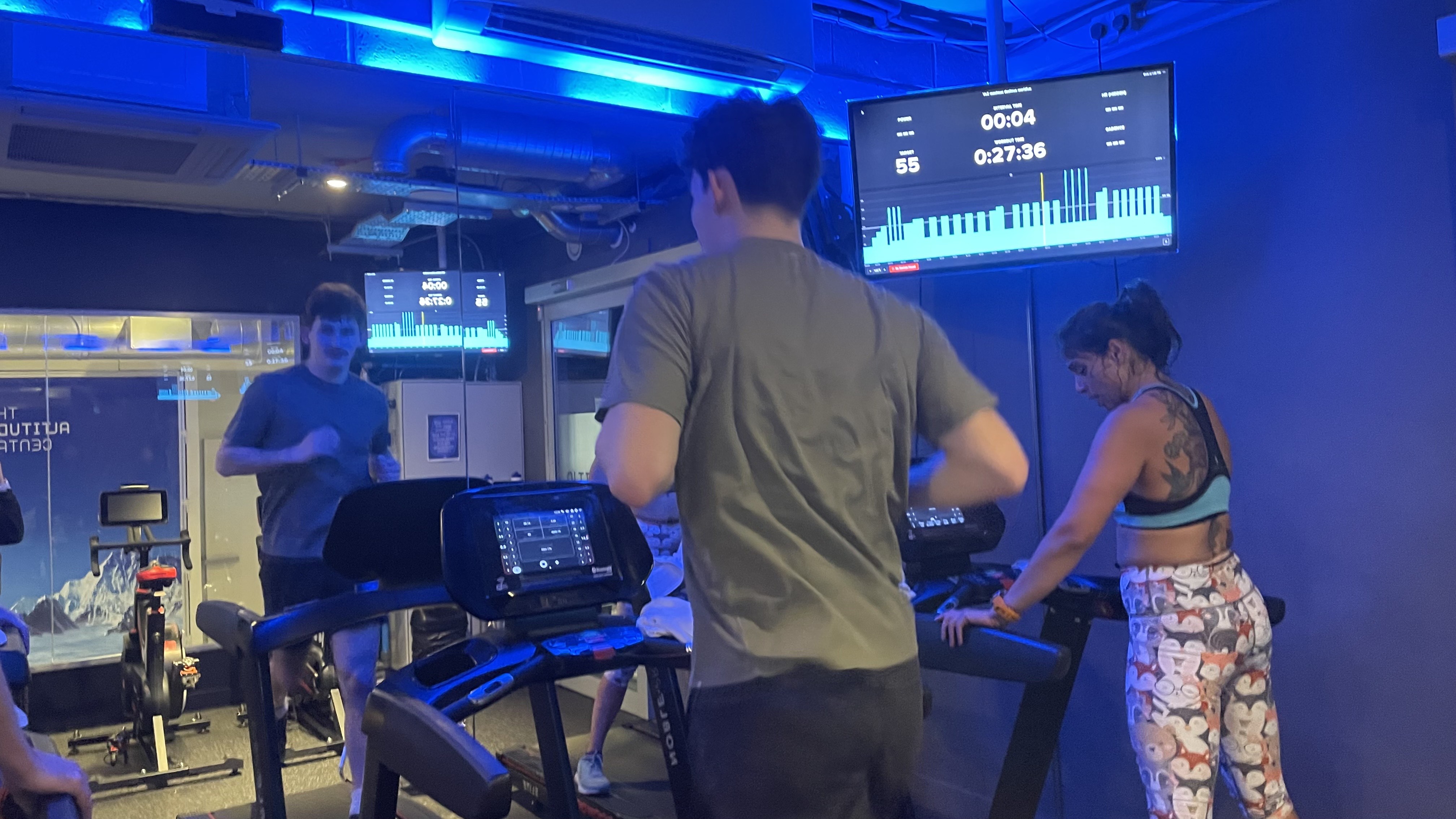
It's a busy weekday afternoon in East London. The sounds and smells of a nearby food market flood the street as businessmen dressed to the nines barge past me on their way to the closest tube station.
I slip through the crowds and make my way onto an innocuous side road, where an equally innocuous sign sticks out from a grey building and reads: 'The Altitude Centre'. You'd be forgiven for mistaking it for a travel agent, or walking past without a second thought, but here, among beeping taxis and jam-packed streets, lies a vital port of call for the endurance athletes and high-altitude mountaineers of Britain.
What is the altitude centre?
Self-identifying as the UK's 'number one altitude training specialist' in its promotional material, the Altitude Centre in Aldgate, London, is a popular spot for mountaineers who want to get into shape before they take on the world's toughest climbs. The multi-purpose gym mimics high-altitude conditions and offers scientifically-tailored training sessions designed to get athletes peak-fit before they head up Everest, Kilimanjaro, or any other daunting ascent.
The centre has been used by many high-profile climbers and mountaineers, including record-setting Everest summiteer Kenton Cool, as well as other athletes (such as double Olympic champion triathlete Alistair Brownlee) who want to unlock the benefits of alpine training.
So I can get a real feel for how it works, I've been invited down for a taster, during which the experts at the Altitude Centre will put me through my paces with an intense workout in a tough, reduced-oxygen environment.
To get specific, the workout consists of 45 minutes of hard, interval-style running, with an exuberant instructor barking instructions from the front. It's not dissimilar from the sort of running class you're likely to find in any good gym, but with one major difference: the oxygen levels in the air I'm gulping are lower.
How does it work?
Altitude training is a common tactic for climbers looking to acclimatize to conditions in the mountains, or endurance athletes who want to get an edge over their opponents. It usually consists of cardiovascular or strength training in a chamber or pressurized room that contains less breathable oxygen than the (non-alpine) outside world.
All the latest inspiration, tips and guides to help you plan your next Advnture!
The air at sea level contains 20.9% accessible oxygen, a number that drops dramatically the higher you get. At Everest Base Camp, it falls to around 10.4%. On the summit, of the planet's tallest peak levels are down to a third of the accessible oxygen quotient most people are used to breathing.
Pressurized environments like those at the Altitude Centre use high-tech generators to replace oxygen in the air with nitrogen, which replicates the challenging conditions in the mountains.
Exercising in these conditions forces your kidneys to release a hormone called erythropoietin (EPO), which prompts your body to produce more red blood cells. With more red blood cells, you can transport and utilize more oxygen, which has two main benefits.
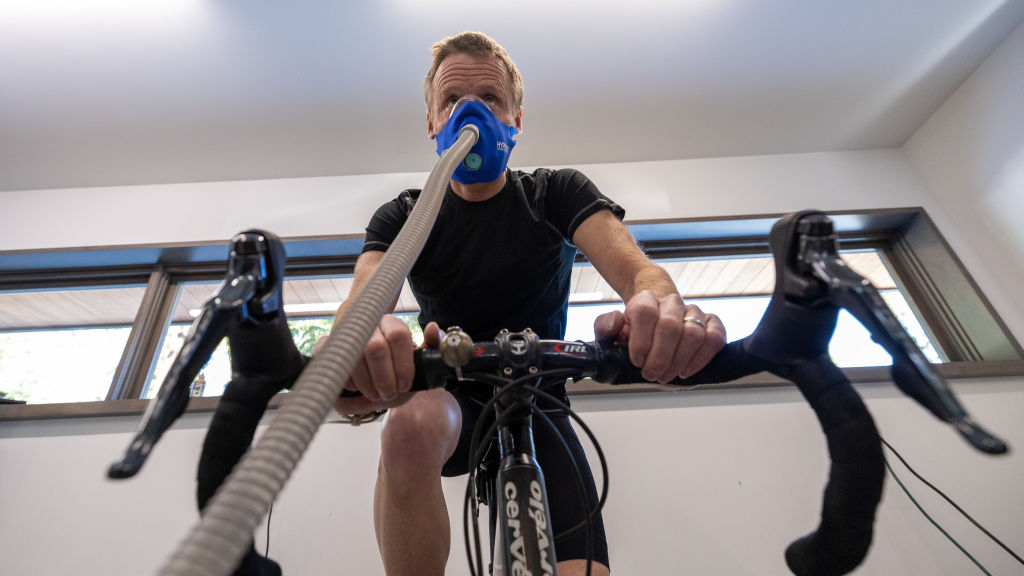
Firstly, it means you're better acclimatized for the conditions you can expect to face in the high mountains. Creating more capacity to store and transport oxygen (via the extra red blood cells) prepares your body for the dangerous and demanding conditions experienced at serious altitude by minimizing the weakening effect oxygen depletion can cause, and reducing other risks of altitude sickness, allowing you to climb at full strength.
Climbers often practice simulated altitude training along with other methods, like sleeping in low-oxygen hypoxic tents to prepare themselves before heading up seriously high mountains like Everest. It's important to clarify that altitude training won't fully prepare your body for a high-altitude expedition, and time spent in the mountains, at real altitude, is also essential.
The second benefit of altitude training can be experienced at sea level. Exercising in low-oxygen conditions, whether it's simulated or not, can enhance your aerobic capability, allowing you to run, cycle, or play for longer without getting tired.
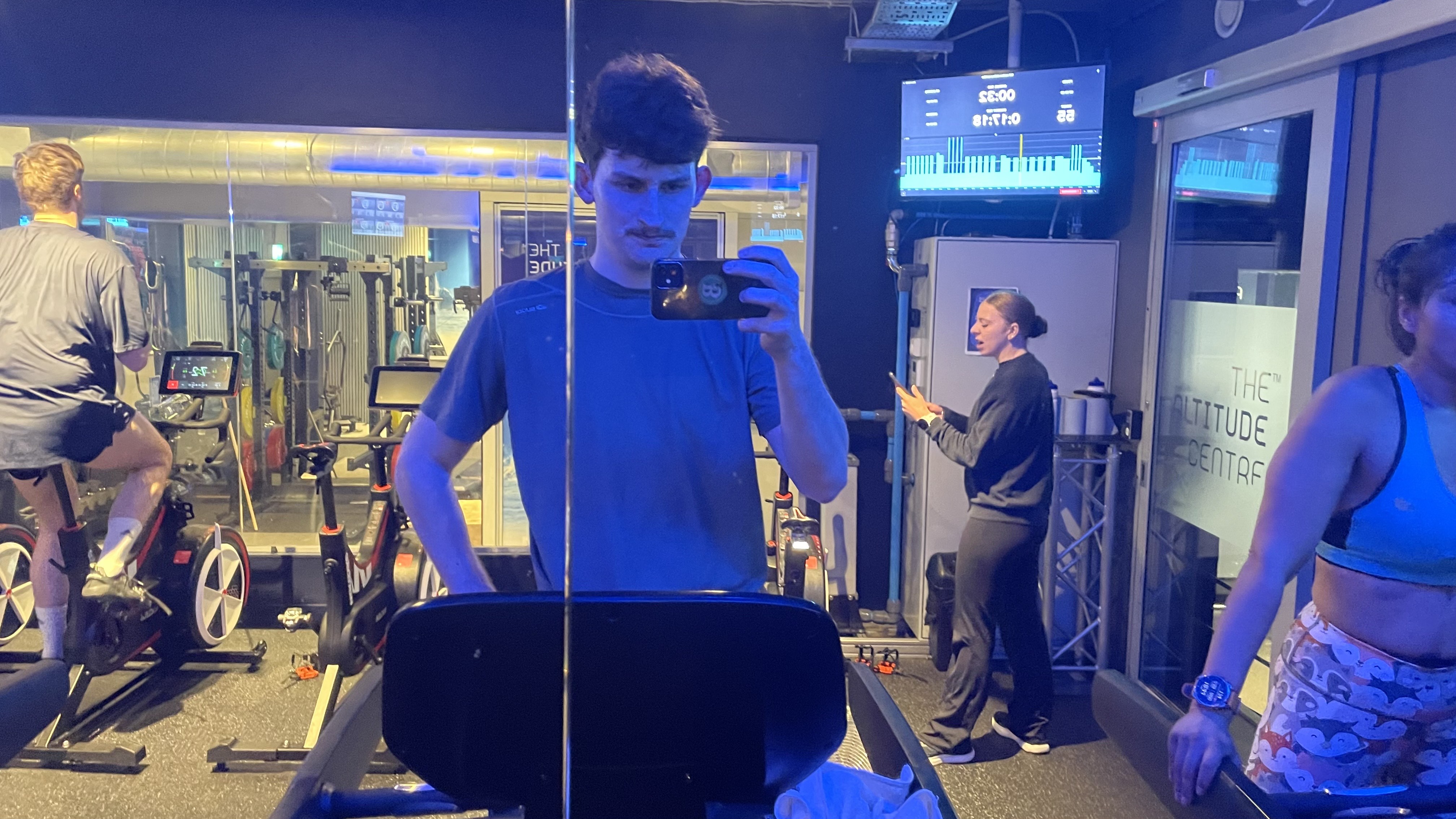
The Altitude Centre, although it's built for climbers, caters to all sorts of athletes hoping to reap the rewards of training in low-oxygen. James Barber, the centre's lead performance specialist, is kind enough to offer more information.
"Most of what we do is around high-altitude climbing," says James.
"There are usually 15 to 20 British permits for Everest. We'll usually work with all but one or two of them before they go out. Then, hundreds of people a year come [to train] for Kilimanjaro, Everest Base Camp, and things in South America that are around 5,000 meters (16,404.2ft).
We've worked with Olympic marathon runners, swimmers, rowers, triathletes - in the London 2012 Olympics, we would've come eighth in the medal table.
James Barber, lead performance specialist at the Altitude Centre in London
"The majority [of what we do] is around that, and then the rest is around sports performance, so marathon runners, triathletes, and people like that who want to use the altitude for that fitness boost."
The experts at the Altitude Centre often bring their super-smart altitude tech off-site to work with elite athletes who can't get to the centre.
"A huge amount of our client base off-site is with elite performance," explains James. "We've worked with Olympic marathon runners, swimmers, rowers, triathletes - in the London 2012 Olympics, we would've come eighth in the medal table."
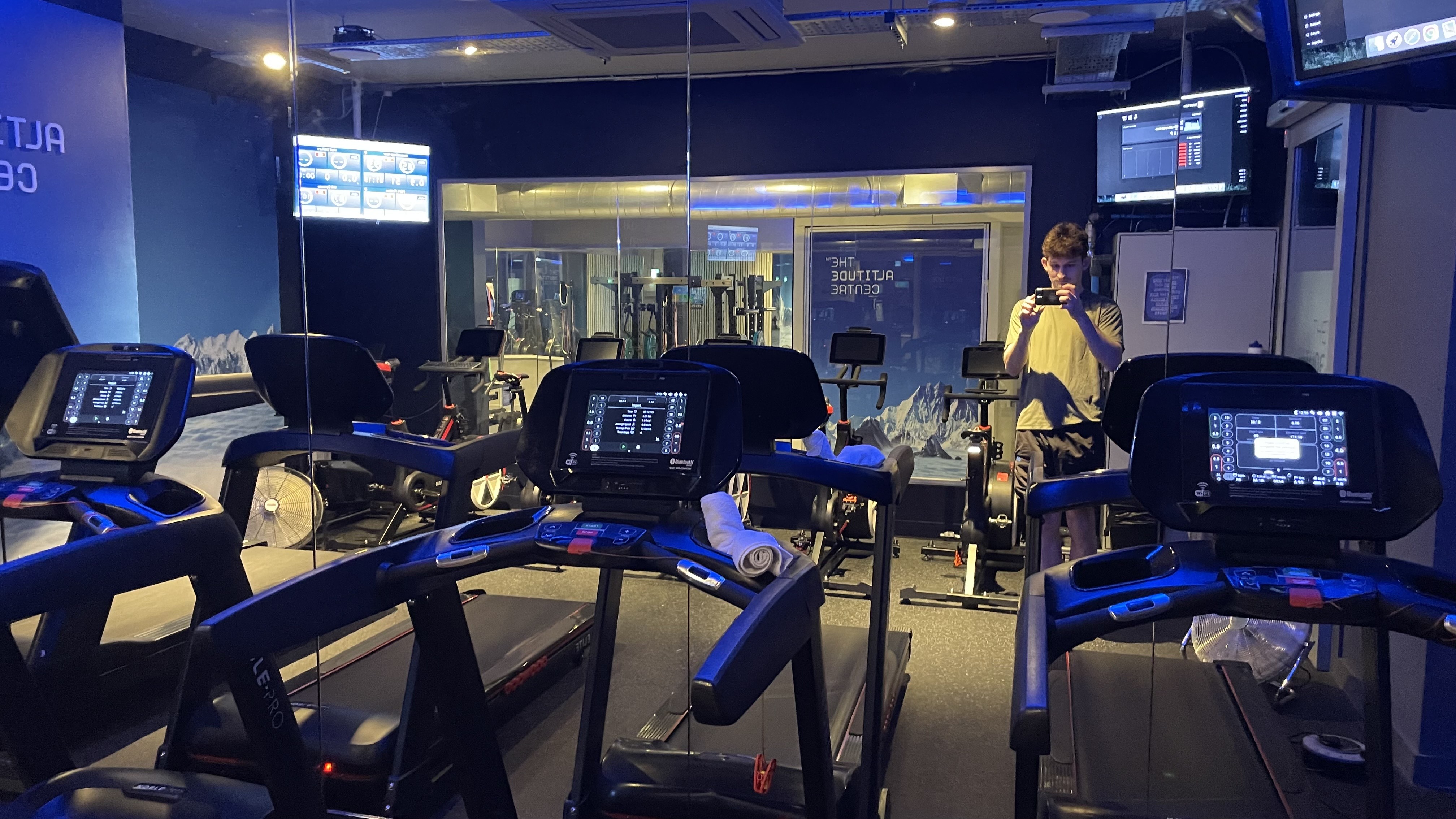
James is also kind enough to show me around some of the climbing-specific chambers at the altitude centre. One is filled with treadmills and masks that deliver air with reduced levels of oxygen, so trekkers can simulate the tiresome effects of uphill walking while they acclimatize.
"If we can get people training to walk uphill at altitude, let's get the training to look as much like the event as we possibly can, so they're literally walking uphill at altitude, or box stepping up and down with the mask on," explains James.
"As people acclimatize, we're building the altitude up from the 4,000-meter (13,123.4ft) mark to 6,500 meters (21,325.5ft), and making it very specific with walking boots on and rucksacks – we can put as much as 15 kilos (33lb) in."
During workouts, the experts at the altitude centre monitor athletes' health stats, like their blood oxygen saturation and heart rate, to understand how their bodies react to the training and how quickly they're acclimatizing.
How I got on
Surprising as it may be, I'm not in contention for a medal at the next Olympics, nor am I preparing to climb Mount Everest. So, I'm not shocked to find myself dead on my feet after only a few minutes of my training session.
The generator inside the chamber has reduced the oxygen levels to those found around 15,092ft (4,600m). As the instructor explains, it's akin to running at the summit of Mont Blanc, the tallest peak in the European Alps.
I experience all the usual symptoms of a long, hard workout; my legs ache, I'm out of breath, and there's plenty of sweat. The major difference is just how quickly my body tires. I'm used to feeling like this after a tough run, but I'm surprised to look up and see that I've only actually been moving for around 30 minutes, and covered little more than 4 miles (6.4km).
Put simply, I'm shattered, and I feel even worse after the full 45-minute session.
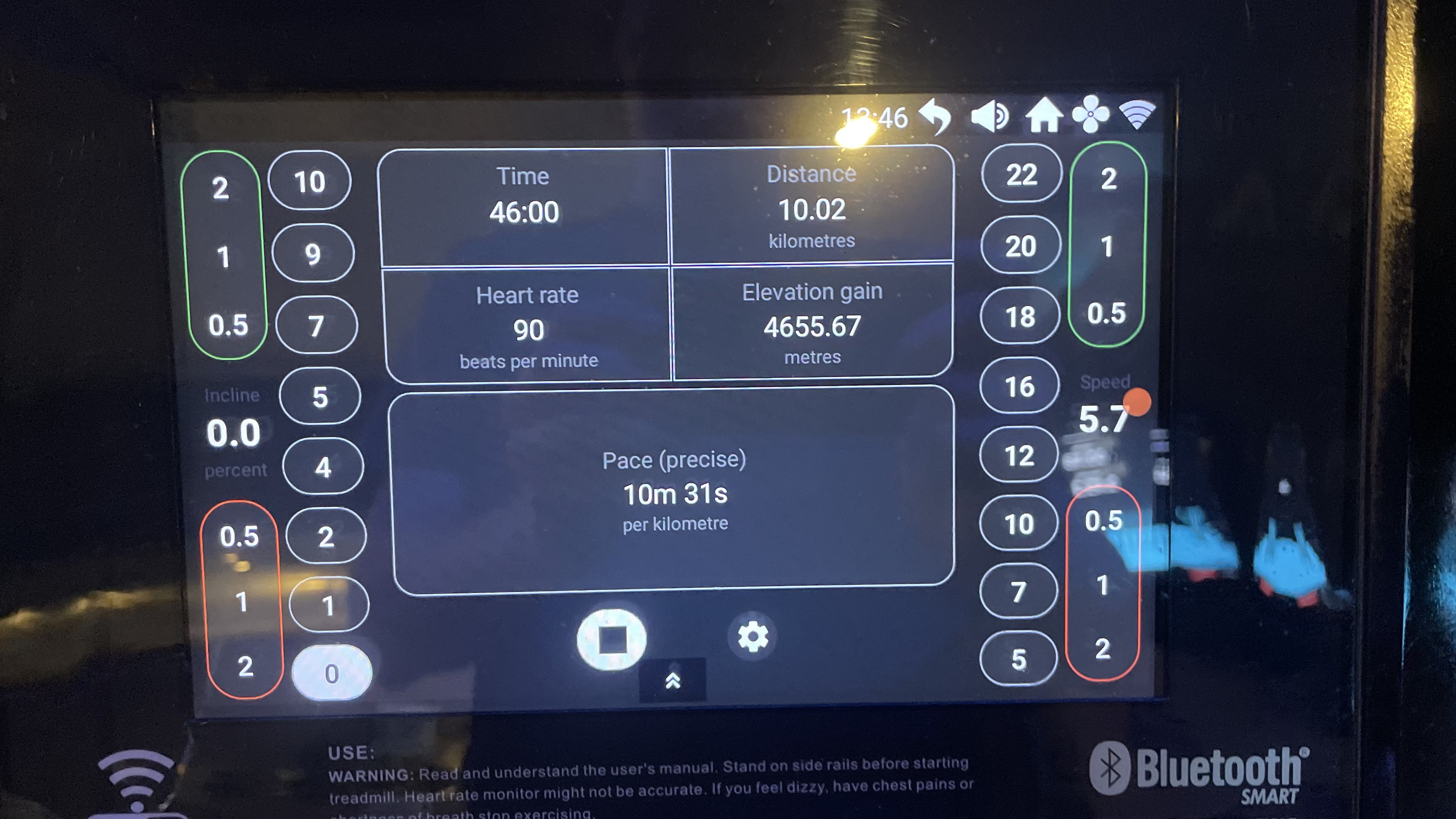
As I've now experienced first hand, running (or doing any exercise) at altitude is far tougher than it is at sea-level. With less oxygen available, your body has to work harder to transport the oxygen it does get to your muscles. This causes your heart rate to quicken, your muscles to tire, and everything to get generally harder.
One session isn't enough to cause any noticeable cardiovascular improvements, but consistent workouts at the same intensity certainly would, as my body gradually acclimatized to low oxygen levels at simulated altitude.
Learn more
Along with altitude training, the centre offers other handy services like acclimatization testing, which predicts how your body will handle conditions in the mountains.
If you'd like to give altitude training a go or learn more about any of the other services, you can check out the Altitude Centre website.
- The best climbing shoes: get a grip both indoors and out
- The best hiking boots and shoes for wide feet: stride out with confidence in well-fitting footwear

Will Symons developed his love of the outdoors as a student, exploring every inch of Sussex’s South Downs national park and swimming off the Brighton seafront. Now a staff writer for Advnture, Will previously worked as a freelance journalist and writer, covering everything from cricket to ancient history. Like most Advnture staff, Will’s free time is rarely spent indoors, he can often be found hiking, open water swimming or playing cricket.
